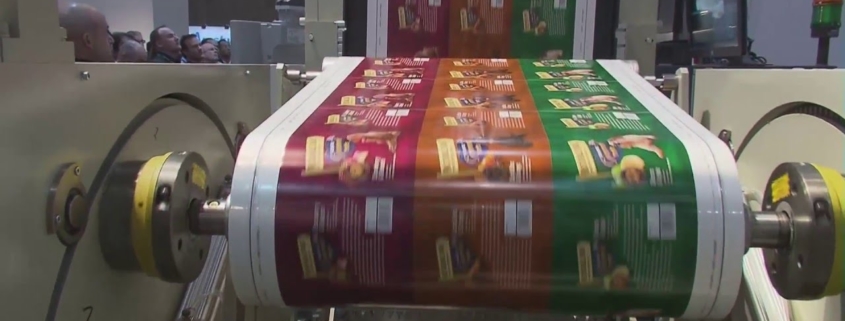It’s astounding that you’re sitting perusing these words at your PC; thinking back to the fifteenth century, it would have been similarly as stunning to read them in a book. That was when printing innovation become wildly successful and the creation of the cutting edge print machine caused it feasible for albums to be recreated in their hundreds and thousands as opposed to being duplicated out relentlessly, each in turn, by hand. Even though papers, books, and a wide range of other pieces of literature are currently moving web-based, printing is similarly as relevant today through a printing press in Dubai as it’s at any point been. Check out your room at this moment. You’ll see a wide range of printed things from stickers on your PC to the T-shirt on your back and the publications on your divider. So how precisely does printing work? How about we investigate!
What is printing?
Printing means imitating words or pictures on paper, card, plastic, texture, or other material. It can include anything from causing a single multiplication of a priceless painting to making a considerable number of duplicates of the most recent to Harry Potter. For what reason is it called printing? “Printing” at last comes to a Latin word, premiere, which intends to press; pretty much every sort of page includes squeezing one thing against another.
Although, the various range of printing includes converting your unique work of art into a printable structure with the help of a printing plate. This is canvassed in ink and afterward squeezed against bits of paper, card, texture, or whatever, so they become a trendy design. Some well-known types of printing are photocopying, inkjet, and laser printing work by moving ink to paper utilizing warmth or friction based electricity. We won’t talk about them here; the remainder of this article is dedicated to customary printing with presses and ink through the printing press in Dubai.
Printing is demanding physical work, so it’s generally finished with the assistance of a machine called a print machine. The most straightforward (and most established) sort of press is a large table fitted with an overhead screw and switch component that powers the printing plate immovably against the paper. Hand-worked journalists like this are still incidentally used to deliver little volumes of pieces of literature. At the opposite finish of the scale, present-day presses used to print books, papers, and magazines use chamber systems turning at fast to create a massive number of duplicates 60 minutes.
Types of printing
The three most basic techniques for printing are called alleviation (or letterpress), gravure (or intaglio), and balance. Every one of the three types includes moving ink from a printing plate to the subject being printed; however, everyone works in a somewhat extraordinary manner. In the first place, we’ll contrast the three strategies and a quick review, and afterward, we’ll take a gander at everyone in considerably more detail.
- Relief is the most commonplace sort of printing. If you’ve at any point made a potato print or utilized a good old, you’ve utilized alleviation printing. The fundamental thought is that you make a switched, standing up (help) variant of anything you desire to print on the outside of the printing plate and primarily spread it with ink. Since the printing surface is over the remainder of the plate, just this part (and not the foundation) grabs any ink. Push the inked plate against the paper (or anything that you’re printing), and a right-way-round printed duplicate in a flash shows up.
- Gravure is the accurate inverse of alleviation printing. Rather than making a raised printing region on the plate, you delve or scratch a picture into it (somewhat like burrowing a grave, henceforth the name gravure). At the point when you need to print from the plate, you cover it with ink, so the ink tops off the spots you’ve uncovered. At that point, you clean the plate off, so the ink is expelled from the surface, however, left in the melancholy, you’ve cut out. At last, you press the plate hard against the paper (or other material you’re printing), so the paper is pushed into the inky sorrows, grabbing an example just from those spots.
Offset printing additionally moves ink from a printing plate onto paper (or another material), however rather than the plate squeezing straightforwardly against the article, there is a further progression included. The inked plate presses onto a delicate roller, moving the printed picture onto it, and afterward, the roller presses against the printing surface—so rather than the press straightforwardly printing the surface, the printed image is first counterbalanced to the roller and at precisely that point moved over. Counterbalance printing prevents the printing plate from wearing out through rehashed impacts on the paper and delivers reliably more magnificent prints.


